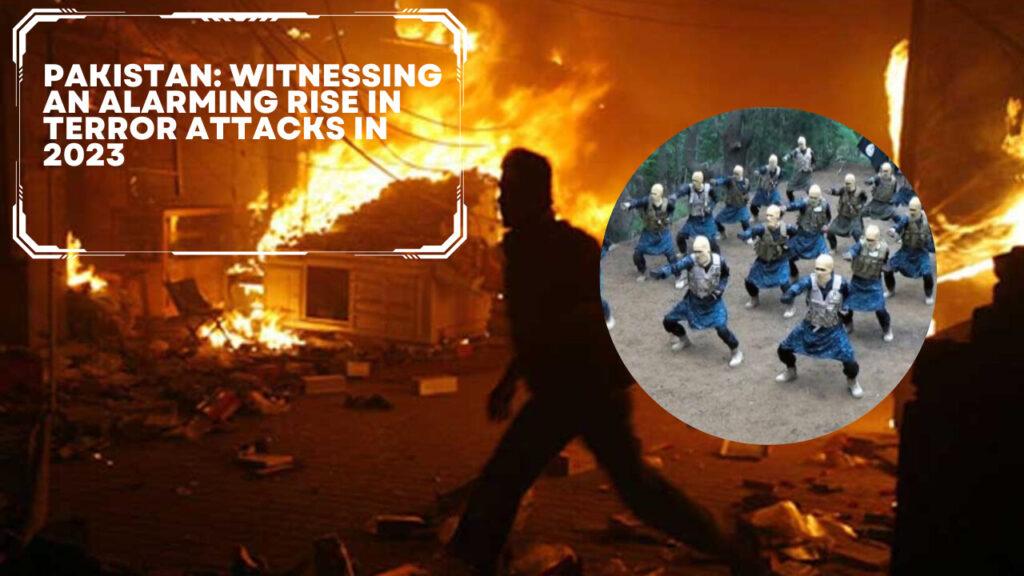Pakistan is witnessing an Alarming Rise in Terror Attacks in 2023. In 2013, there were an average of little under four terrorist acts per day in Pakistan, resulting in close to 2700 fatalities. With around 200 terrorism-related incidents and at least 340 fatalities by March, the most recent indicators indicate that 2023 might be worse.
Is Pakistan seeing the ominous ghost of 2013 again? Maybe. December 2022 ended the year as the bloodiest month for Pakistan’s security personnel in more than a decade, setting the tone for the months that followed. Among the 973 fatalities in 2022 there were around 282 police and military personnel.
A new terror triangle is the source of this violence. The Islamic State of Khorasan Province (ISKP), the local affiliate of ISIS, the Tehrik-e-Taliban Pakistan (TTP), and the ethnic Baloch Liberation Army (BLA) are included in it.
The unilateral cancellation of a year-old ceasefire by the TTP on November 28, 2022, when it accused the government of “breaching commitments” and criticized Pakistani security forces for their conduct in the bordering Afghan provinces of Khyber Pakhtunkhwa and Balochistan, is one of the immediate explanations for the unprecedented wave of terrorism.
The TTP seeks the release of dozens of its incarcerated members as well as the reinstatement of the special status of seven border regions that were revoked in May 2018. In order to supposedly create its own Islamic caliphate, it also wants the Pakistani army out of hitherto off-limits territories. These demands were dismissed by Islamabad as “non-negotiable.”
The defunct TTP has sought refuge in safe havens in Afghanistan after being subjected to an intensified crackdown since early 2021, particularly after the Afghan Taliban surged back into power in August 2021. The TTP leadership, including their commander Noor Wali Mehsud, currently reside in Afghanistan and are treated kindly.
Why Kabul is hesitant to take immediate action against the TTP?
Kabul looks hesitant for a number of reasons to take immediate, decisive action against the TTP. Both sides of the Pakistan-Afghanistan border are home to groups which derives strength from the local population.
The TTP shares ethnic and ideological affinities with the Afghan Taliban. During the twenty years of the War on Terror, they collaborated against the US-led NATO forces in Afghanistan. It is not surprising that the majority of the TTP’s top commanders moved to safe havens in Afghanistan once Pakistan started hunting down terrorists in the border regions.
Terrorism may also be influenced by geopolitical reasons. The East Turkestan Islamic Movement and the ISKP, both based in Afghanistan, publicly vowed to harm Chinese interests in the area against the backdrop of the growing US-China competition.
India has been attempting to put up a coalition of terrorist organizations over the past few months, including TTP and the militant Baloch organisations BLA, BLF, and BRA. Terrorist assaults in Pakistan increased once again as a result, especially in Karachi, Lahore, and Peshawar. A few months ago, India also assisted the TTP, Jamaat-ul-Ahrar, and Hizb-ul-Ahrar in coming together. 22 billion rupees have already been donated to terrorist organizations by India. To further target CPEC projects, a 700-member militia under the command of 10 members of India’s top intelligence agency, the Research and Analysis Wing (RAW), was set up.
Pakistan should reconsider its approach to Afghanistan and hold bilateral talks with the Afghan Taliban about the TTP, counterterrorism, joint border security management, and refugees in order to address this menace. Pakistan should adopt a strategy for establishing a mutually beneficial border coordination and control mechanism with Kabul.
To prevent potential terrorist threats at home, law enforcement agencies’ capacity building needs to be improved. To stop people from becoming radicalized, the government has authorized the National Counter Violent Extremism Policy (NCVE). To stop extremism in Pakistan, the NCVE must be translated into actionable, quantifiable goals. The NAP’s implementation should also be monitored and revised. If everyone concerned with transparency and accountability effectively adopts these measures, the NAP can succeed.


